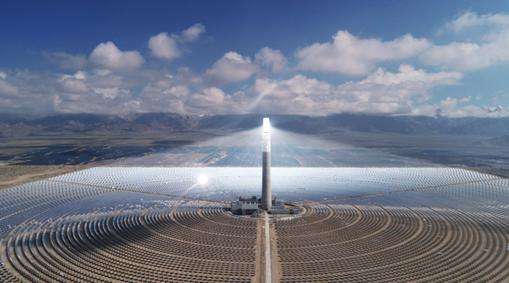The principle of the water wheel:
1. The waterwheel is over 30 feet tall. An axle 5 meters long and 0.5 meters in diameter supports 24 wooden spokes, which spread radially around it. . The top of each spoke carries a scraper and a bucket of water.
2. The scraper scrapes the water and the water bucket fills the water. The water from the river rushes into it and the rays rotate slowly due to the inertia of the water movement. Each bucket is filled with river water and is lifted step by step. At the top, the water bucket tilts naturally, discharging water into the aqueduct and flowing toward the irrigated farmland.
Detailed information:
Stages of Development
1 Waterwheels appeared in written records Chinese officials, by the way. the Eastern Han Dynasty. At the end of the dynastie of the Eastern Han, during the reign of Emperor Ling, Bi Lan was ordered to build a "rollover chariot", which already had basic devices such as wheel axle groove plates .
2. The development of water wheels reached the Tang and Song dynasties. Great progress has been made in the application of wheel and axle. They could use hydraulic power as energy and create a “cylindrical wheel”. And the connection tube, it can make high low water sending.
3. In the Yuan and Ming dynasties, the development of wheel axles became more advanced. A waterwheel had not just one set of gears, but up to three sets, and had "water reversal." , “turning of oxen” or “turning of cows”. “The donkey turns the overturning cart” can be used interchangeably depending on the wind and ground.
Concerning the production ofenergy by hydraulic wheel, there are photos and some data. Anyone with knowledge can tell me how to do this. THANKS !
There is no direct relationship between the two; These are two different devices used to solve different liquid handling problems.
A waterwheel is a waterwheel machine with adjustable blades or stepped crossbars that uses the power of water flow to operate. Usually used in hydroelectric power generation, irrigation, hydraulic transmission, etc. The working principle of the water wheel is to adjust the angle of the blades according to changes in water level, thereby changing the output speed and realizing energy conversion.
A water pump is a mechanical device that raises liquid from a low place to a high place. Typically used in water supply systems, theirrigation, industrial processes, etc. The operating principle of a water pump is to drive the rotating impeller via electrical, pneumatic or hydraulic power sources, thereby drawing in, pressurizing and discharging the liquid.
Water height is unknown.
I fear that the water height will not reach 2 meters (the construction of the dam will not be approved).
Even if the water height reaches 2 meters and the flow rate is 0.35 cubic meters/second, the limit of power that the potential energy of the water can provide is only:
mgh=350 *9.8*2=6860 watts< /p>
Considering that the conversion efficiency is less than 30%, the actual power obtained is: 6860*0.3=2058 watts.
No commercial significance.
If only the energy of the water flow could be converted into electrical energy, then the power limit value contained in the water flow energy is d 'approximately:
0.5mvv=0.5*500*0.75*0.75=140 watts
You can reach 30 watts Not bad.
As a hobby this is debatable; for practical reasons it is worthless.














